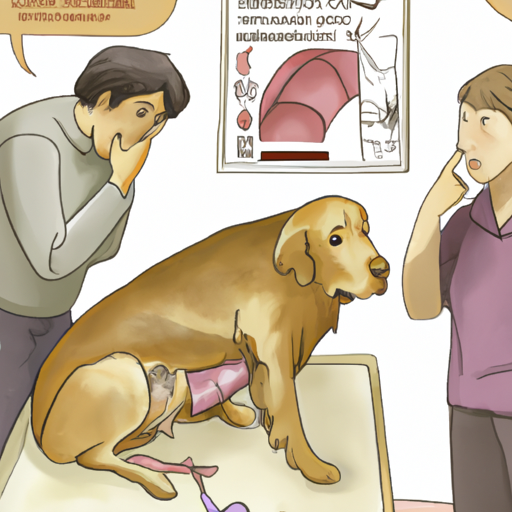As a caregiver, you may have questions about your furry friend’s health. One common question that emerges in the world of pet care is: why do dogs get lipomas?
H2: What Are Lipomas?
Lipomas are benign tumors made up of fatty tissue. They are typically soft to the touch, movable, and generally non-painful. Lipomas can appear anywhere on the body, but are most commonly found on the chest, abdomen, and limbs.
- Common characteristics of lipomas:
- Soft and squishy
- Movable under the skin
- Non-painful
These benign growths are common in dogs, particularly as they age.
H2: Causes of Lipomas in Dogs
The exact cause of lipomas in dogs is unknown. However, several factors may increase a dog’s risk of developing these fatty growths.
- Age: Lipomas are more common in middle-aged and older dogs.
- Breed: Some breeds, such as Labradors and Doberman Pinschers, are more prone to lipomas.
- Gender: Female dogs are slightly more likely to develop lipomas.
- Obesity: Overweight dogs are at a higher risk of developing these growths.
| Risk Factor | Level of Risk |
|---|---|
| Age | High |
| Breed | Medium |
| Gender | Low |
| Obesity | High |
H2: Diagnosis and Treatment of Lipomas
A veterinarian can usually diagnose a lipoma by palpation, but a biopsy may be necessary to confirm the diagnosis. Treatment for lipomas generally depends on their size and location.
- Small, non-intrusive lipomas might not require any treatment.
- Larger or bothersome lipomas may require surgical removal.
H2: Prevention of Lipomas
While there is no surefire way to prevent lipomas, maintaining your dog’s overall health can help.
- Ensure your dog is getting balanced nutrition.
- Encourage regular exercise.
- Regular vet check-ups can help detect any new growths early.
H2: FAQ
Q: Are lipomas dangerous to my dog’s health?
A: Most lipomas are benign and do not pose a threat to your dog’s health. However, a small percentage can be malignant. Regular vet check-ups can ensure any new growths are benign.
Q: Can I prevent my dog from developing lipomas?
A: While there’s no certain way to prevent lipomas, maintaining your dog’s overall health can reduce the risk.
Q: Do lipomas need to be removed?
A: Not all lipomas require removal. Your vet can recommend the best course of action based on the size and location of the lipoma.
In conclusion, understanding why dogs get lipomas can help you better care for your furry friend. By maintaining your dog’s overall health and scheduling regular vet visits, you can ensure your dog lives a happy, healthy life.



